Editor’s Note: This story can also be found in the Fall 2020 issue of Life & Thyme Post, our quarterly newspaper exclusively for members. Get your copy.
In one of the most famous lines ever written in Italian, the medieval poet Dante receives a tragic prophecy informing him that “you will experience how salty tastes the bread of another” (Paradiso 17.58). Of course, with seven hundred years of hindsight, Dante’s life story is not exactly news—the poet spent most of his life in exile as a result of constant warring and political factionalism on the Italian peninsula—but the gastronomic terms through which he defines his exile are worth reflecting on.
As Dante found while he wandered, settling wherever he could manage to find hospitality, the gesture of feeding is the greatest comfort to someone without a room to call their own, and a familiar dish can be worth its weight in gold. More than this, in times of crisis, food represents stability; it creates roots where none exist.
While Italy has existed as an idea for centuries—even millennia—as a political reality, it can only look back at a relatively brief century and a half since its initial unification as the Kingdom of Italy in 1861. The national sense of being Italian is tied more to shared experience—of facing dearth and difficulty, and coming up with solutions together—than to a passport. In the centuries between when Dante was writing and the creation of the Italian nation we know today, the peninsula saw multiple plagues, persistent military conflict, colonization, and worse. Two World Wars and a brutal fascist regime followed unification, resulting in changed borders yet again, and creating a population that remains keenly aware of the precarious nature of national bonds.
But like Dante, even in dark days, Italians have found ways to make the most of what they have, often focusing on hospitality to find human connection through food despite limitations on interaction. In fact, food and crisis have often gone hand in hand in Italy even more explicitly since Dante’s time. In 1891, when Italy had just become a country, the amateur cook Pellegrino Artusi published La scienza in cucina e l’arte di mangiar bene (Science in the Kitchen and the Art of Eating Well), collecting recipes from across the peninsula so Italians could learn what their fellow citizens were eating and recognize their shared gastronomic heritage.

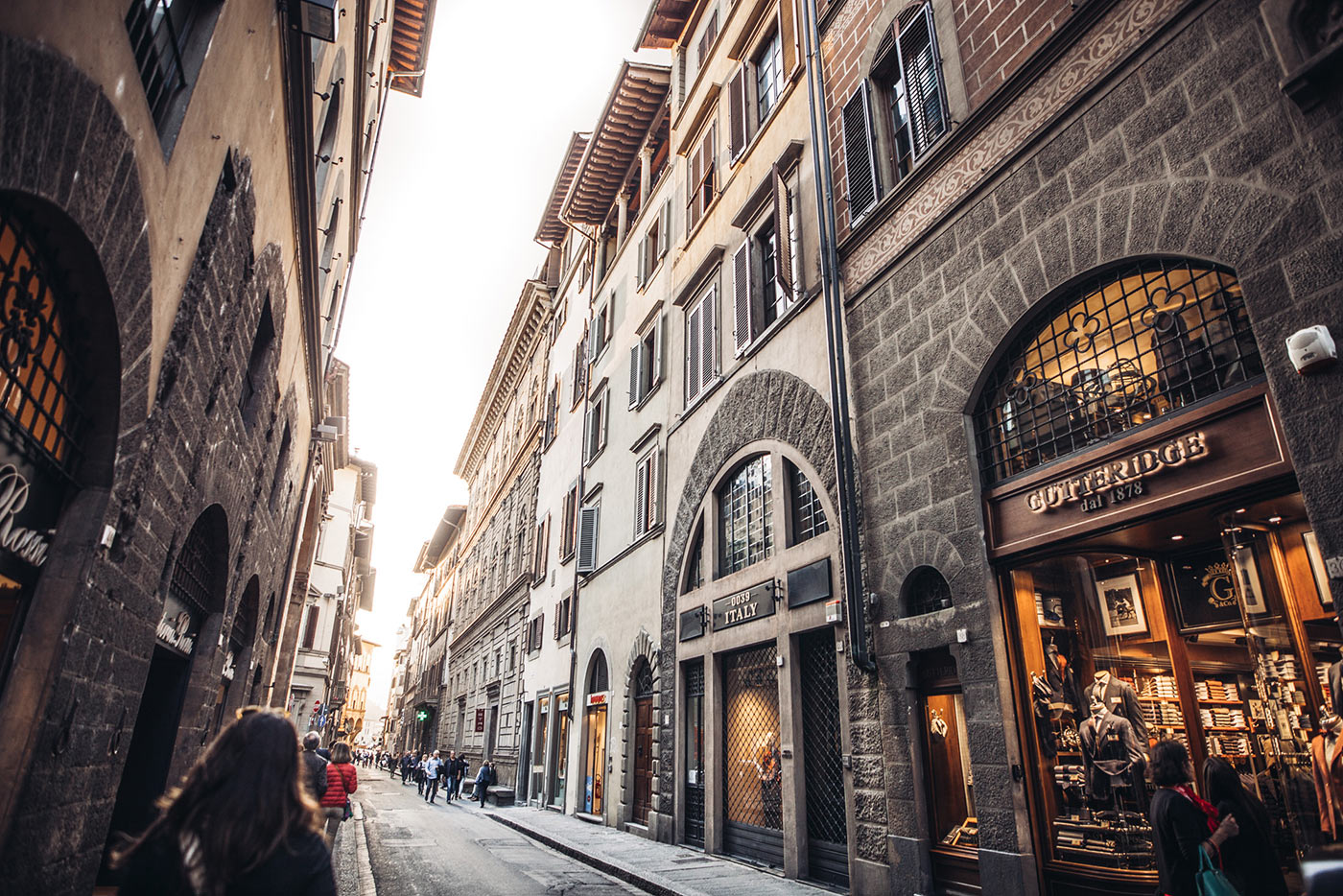
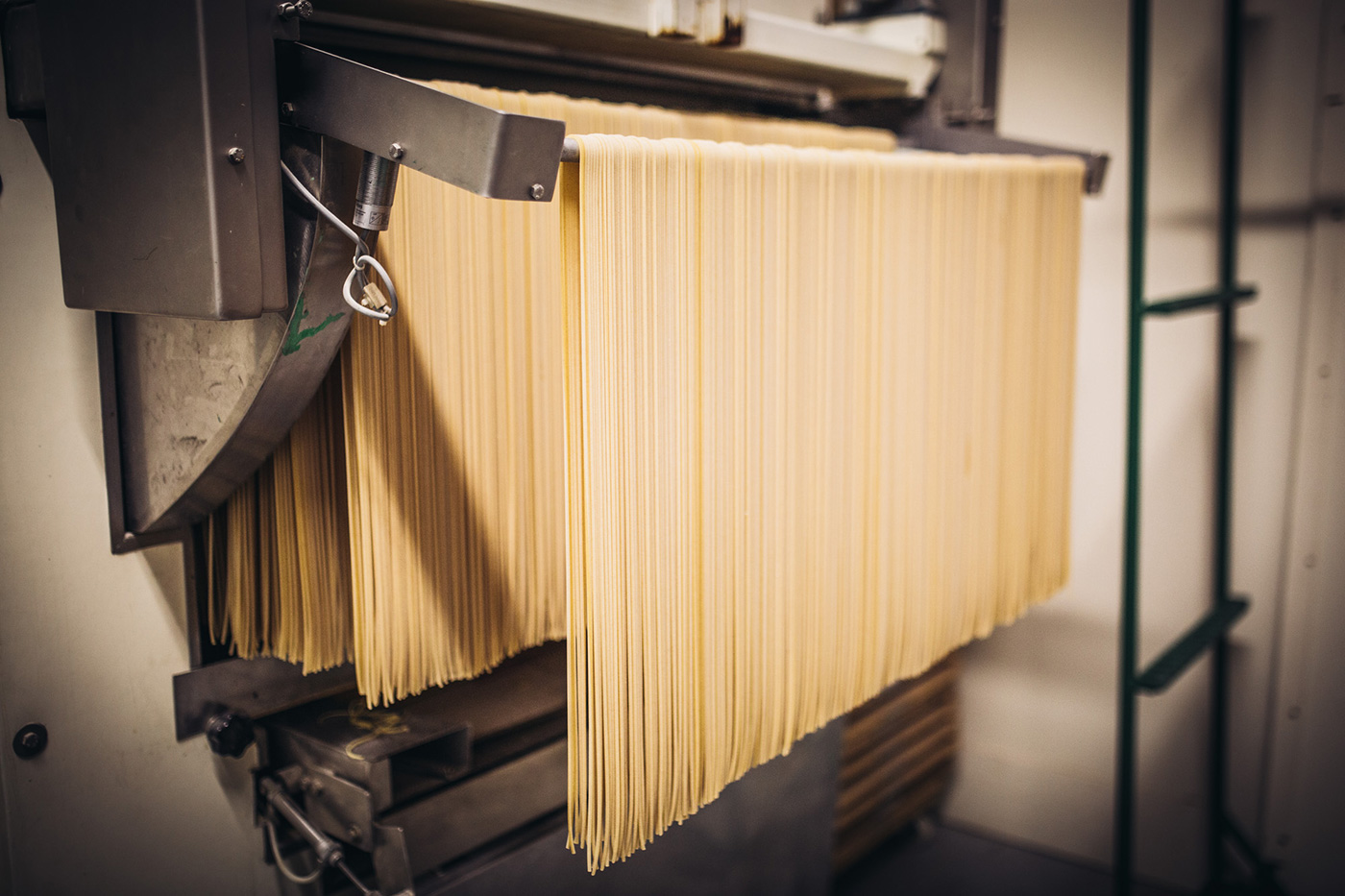
Later, during World War I, due to rationing and the development of alternate food transport networks, northern Italians, who were used to polenta or risotto with butter, discovered “new” foods from the south, including canned tomatoes, tinned anchovies, and—the soon-to-be classic of the Italian culinary canon—pasta. From Giovanni Boccaccio’s Decameron recounting how a group of friends shared stories alongside dilicattisimi cibi (the most delicious food) as an antidote to the 1348 Black Death, to the citizens of Santa Vittoria in Piedmont who worked together to hide the wine that represented their livelihood from pillaging Nazi troops in 1943, Italian identity has in large part been created and maintained through the exchange of food and the act of nourishing others.
In 2020, Italians once again found themselves facing a crisis of epic proportions in the form of the COVID-19 pandemic and its peripheral effects. Streets that were once flooded with tourists consuming everything in sight have become desolate; wildly famous wineries are dumping millions of liters of unsold product; Michelin-starred restaurants are shuttering.
Although life has slowly begun to return to normal with the gradual relaxing of lockdown measures since June, the cost of the pandemic has not yet been calculated, and the winter may bring more challenges yet to be seen. Recently, a successful Florentine restaurateur took his own life in the kitchen of his restaurant, a heart-wrenching expression of the fallout of the current crisis, and a reminder that the worst may be yet to come. What does it mean for a people who have often taken their only solace in sharing a meal—indeed, who have defined themselves through food and hospitality—to lose the ability to serve that food and provide that hospitality?
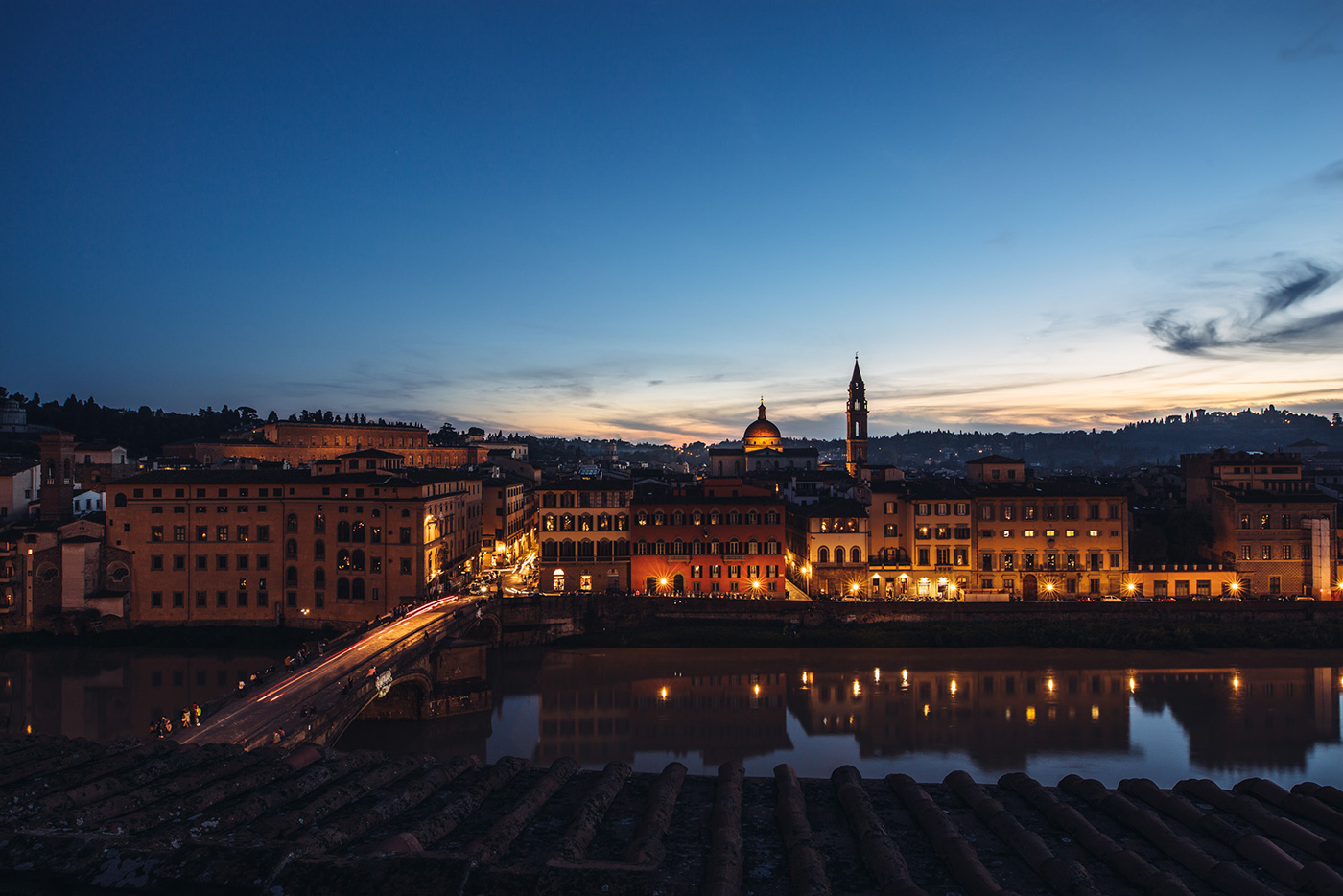
When the severe shelter-in-place order was implemented in Italy in early March and social media became a crucial way to stay in touch, Irene Guidobaldi noticed an Instagram post with the hashtag #foodbloggersuniticontroilcoronavirus (foodbloggersunitedagainstcoronavirus), and wondered if the contacts she had through her family’s Umbrian olive oil production, Olio Flaminio, would allow her to help in some way. With most restaurants closed and events prohibited, she knew there were businesses like her own struggling to find consumers. But most of those businesses lacked the infrastructure to provide direct-to-consumer delivery, since Italians had not yet embraced the world of delivery and take-out. “I helped many people get set up for delivery with packaging, menus, advertising,” Guidobaldi says. “A lot of them weren’t clients of mine, and many I knew could never become clients of mine (like sushi restaurants), but it created an incredible network.”
The service she developed with her colleague, Marco Sabatini, DeliveryRoma.it, became a solution not only for herself, but for hundreds of others. By creating a space of exchange for a community of producers and consumers who all value the care and quality behind their products, Delivery Roma has both consciously performed a public health service—by enthusiastically supporting the stay-at-home order—and succeeded in creating a life raft for many food businesses.
Similarly, other entrepreneurs took the opportunity to redirect by shifting to delivery, sometimes with products that were less familiar to their intended clientele. Giada Panella and Valeria Sebastiani, the partners behind Keynco cocktails, never thought their bottled and matured “key cocktails” would have a significant following outside of hotels and restaurants in major urban centers like Rome and Milan, but they found an unexpected silver lining when the peninsula closed for business: an emerging enthusiasm for home cocktail delivery.
Keynco brings together classic international cocktail recipes with the specificity of attentively-sourced local Italian ingredients, and virtual apertivi became the perfect moment for many people to experiment. As Sebastiani points out, “Italians don’t typically have home bars, but even skeptics have been convinced because our cocktails require no effort—not even ice or garnish—and they’re more delicate and more nuanced, which speaks to the Italian palate.” Panella and Sebastiani are now working to purchase a property where they will grow all ingredients themselves, as well as distill their own spirits, capturing the traditions of the Italian territory in each of their bottlings.
The Anna Tasca Lanza Farm and Cooking School in Sicily had a very different challenge, as a business and learning center dedicated to immersing visitors in the world of Italian artisanal food production and preparation, with in-person, experiential learning as the crux of their model. Their pivot toward virtual classes has been complemented by a new offering of kitchenware and textiles inspired by Sicilian heritage and flavors, including fabrics sewn by the cooperative Sartoria Sociale that gives job training and skills to women from marginalized communities in Palermo.
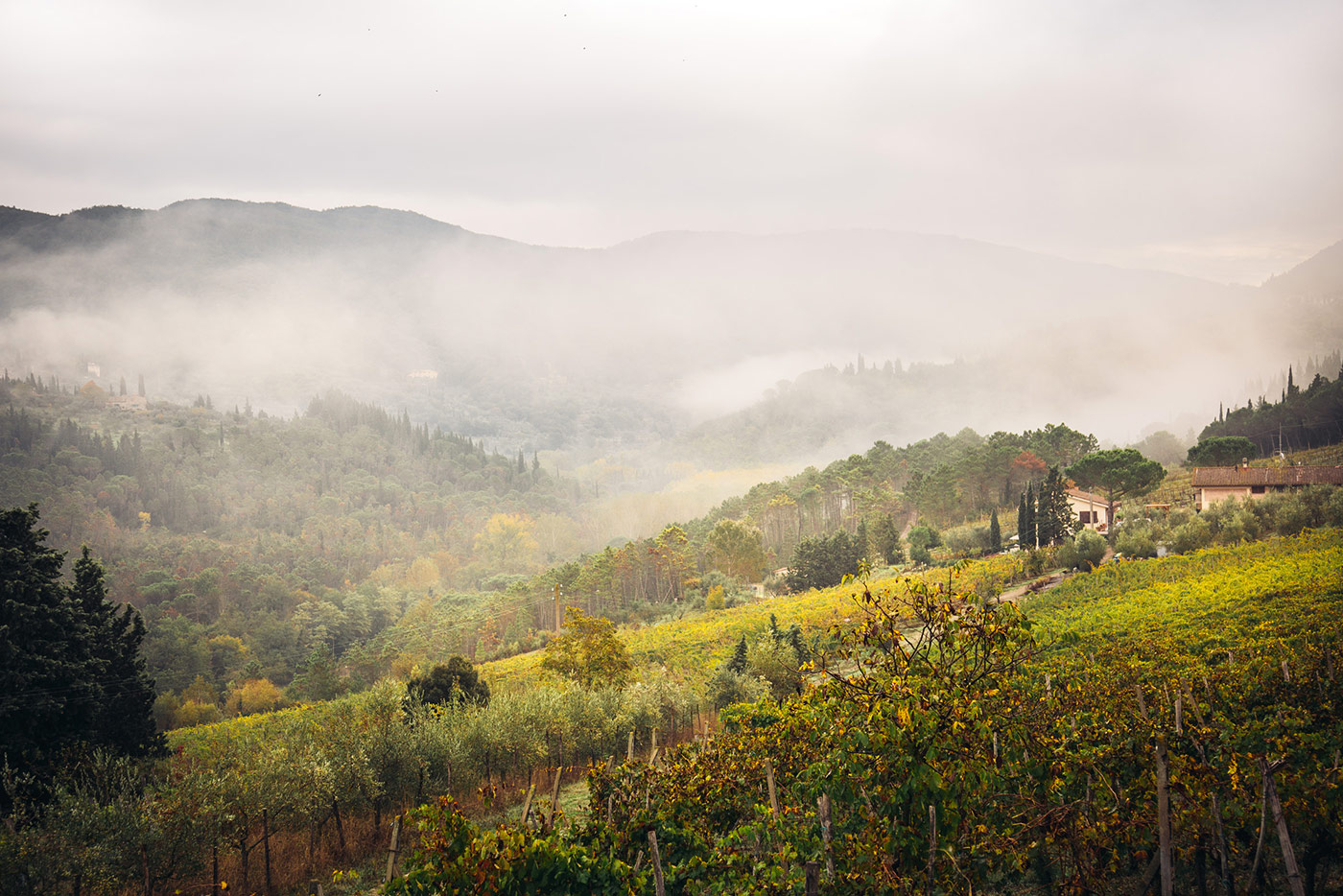

As tourists become somewhat less wary, the farm school is at the top of the list of places that are safe and comfortable to visit, but director Fabrizia Lanza notes that a flexible approach and an online presence is now essential to survival, though unexpectedly, she now sees that as a blessing.
“My generation has experienced and lived relations based on human direct contact, eye contact, hand contact,” Lanza says. “The empathy, the fun, and the gratitude that came from our online cooking sessions was overwhelming. And when I say gratitude, I mean from both sides. From the students because, according to them, it was a good hour of entertainment released from the anxiety spread by the pandemic. And from us, because this is literally how we survived [financially] for the past month, and we hope to until the end of the year.”
Even as everyday life in Italy returns to its normal rhythm, the crisis is far from over. The true economic cost of months of closure followed by possibly years of limited travel will be profound, as will the psychological costs of having to curb or block all efforts at extending or taking part in hospitality. Yet the fragility of the Italian identity can be an unexpected strength in moments like these, giving a kind of flexibility that will bend, but not break, when tested.
In the same canto of Paradiso in which Dante learns he will eat unfamiliar bread and be reminded of how far he is from home, he is also reassured that the words he leaves behind will feed Italians yet to come: “For if your voice will be painful at the first taste, it will leave vital nourishment later, when it is digested.”





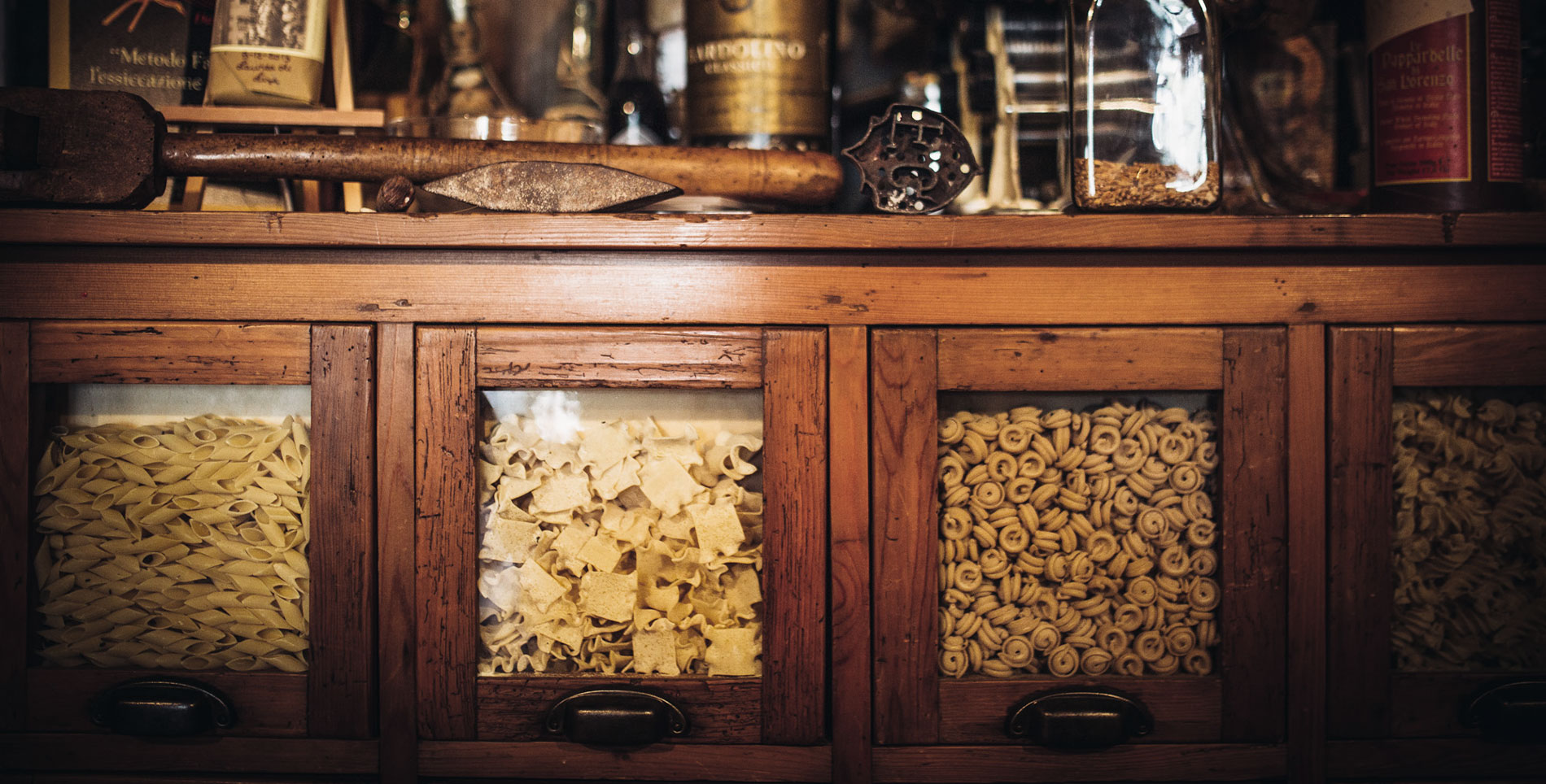

Our comments section is for members only.
Join today to gain exclusive access.